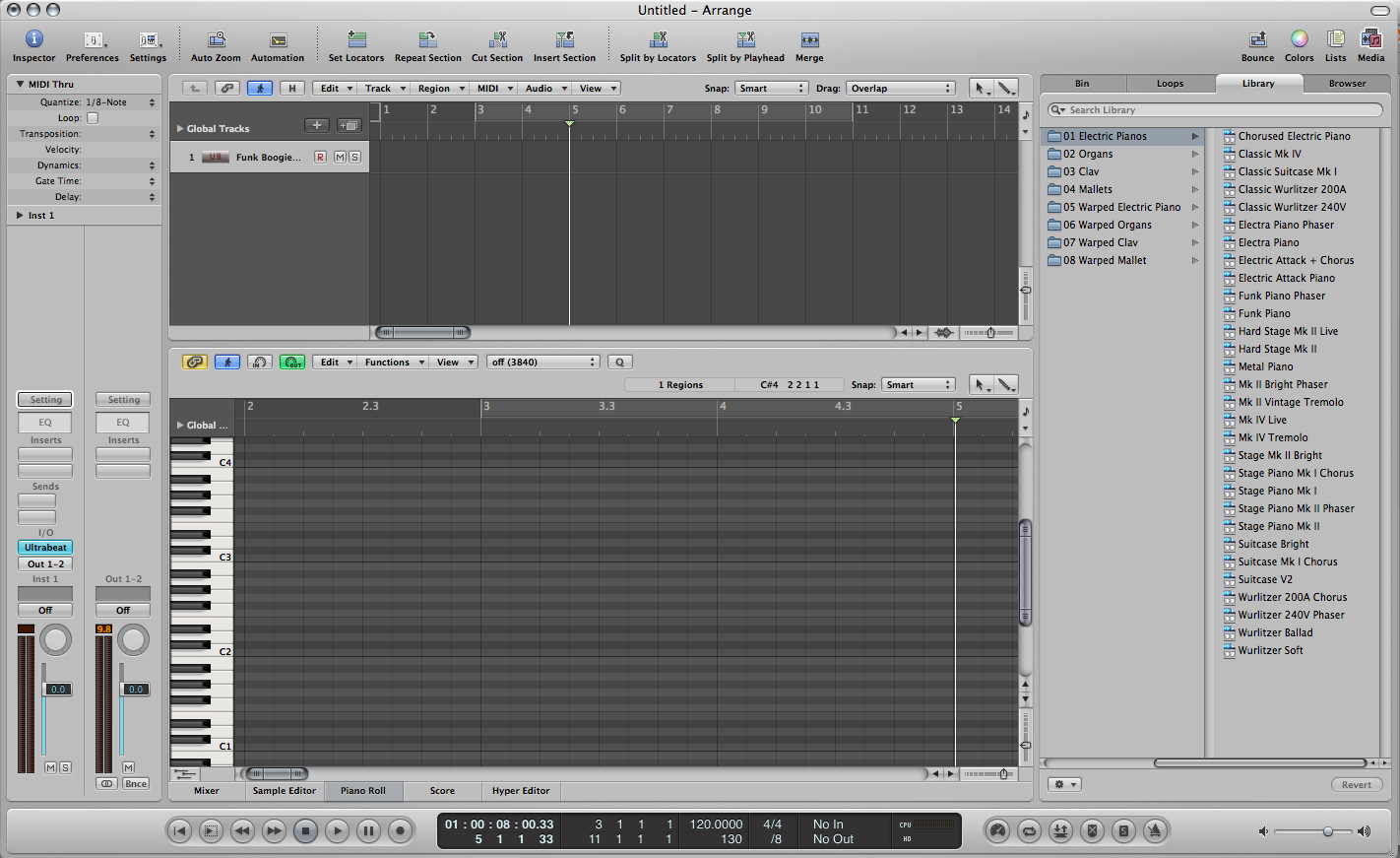

If you want to know the whole concept of the dB refer to Gain Staging: Secret to Get Good Levels In Your Mix If you want to read fader’s double amplitude theory then refer to this article. When we increase the volume by 1dB the amplitude of the wave doubles. dB is not a linear measuring scale-like meter or kilogram but it’s a measurement for the amplitude of a wave. Here I want to describe it with the definition of faders.įaders are used to control the gain of tracks in mixer and DAWs. Now, you are wondering, a controller doesn’t take part in recording as an input-output device like mixers and audio interfaces then how they could make an impact on mixing. And a control surface can fulfill this demand in a better way.Ĭontrol surfaces are a good example of a classic analog-style user interface with a powerful digital environment working behind it. No matter how much this digital world captures the audio recording, the feel of the classic analog environment will always be in demand. Yes, you can tune out your eyes from the computer screen and make some fun with analog-style controls.Īctually, an analog environment is a basic need of any studio. With controlled surfaces, you can extend the scope of your eyes. These things make our workflow faster than the keyboard and mouse where we have to struggle with keyboard buttons to remember and slipping on the faders with the mouse. They are designed with dedicated controls for separate operations like the transport bar, faders, and assignable buttons. Faster WorkflowĬontrol surfaces make our workflow faster than operating with a keyboard and mouse. There are many reasons behind using control surfaces for home studios. Why a Control Surface Is Important in a DAW? You can go for one according to your pocket length. Read more about Affiliate disclosure here. These are cheap and when it comes to controlling the DAW they have more functions than any digital mixer.įrom just 1 fader to several faders and limited control to extended control, there are several types of control surfaces available in the market.ĭisclosure: This post may contain affiliate links, which means we may receive a commission if you click a link and purchase something that we recommended. The best option for home recordists is, to use dedicated DAW control surfaces. Along with input/output bus and send, etc features, they have an added feature to control your DAW through MIDI/USB.īut digital mixers are very costly and generally out of pocket for home recordists. However, today most digital mixers can be used as control surfaces too. We can’t use control surfaces as input devices like analog and digital mixers. Behringer X-TOUCH Universal Control SurfaceĪ control surface is a MIDI/USB device that can be connected to your DAW and used as a controller for your DAW.Īpart from digital mixers, control surfaces don’t have any input/output. 10 Best Control Surfaces For Logic Pro X.Why a Control Surface Is Important in a DAW?.Logic Audio Platinum 4.0/ 4.5/ 4.7 (archived / / ).↑ Apple Updates All Pro Video and Audio Apps for Big Sur - FCP 10.5 Is Here! by Peter Wiggins, FCP.co.↑ Logic Studio (2009) - Technical Specifications, Apple Support.↑ Logic Studio (2007) - Technical Specifications, Apple Support.↑ Introducing this year's hit-makers., Emagic.↑ Apple Shows Off Logic Pro 6 (Japanese), Apple Macintosh & Audio & MIDI.On November 12, 2020, it was renamed back to "Logic Pro" in with the release of version 10.6, which added support for macOS Big Sur and Apple M1-based Macs. On July 16, 2013, the tenth major version was released as Logic Pro X, with an updated user interface that was more in line with Final Cut Pro X. Logic Pro 8 and 9 were bundled as part of the Logic Studio suites from 2007 to 2011.
#Logic pro for windows software
The software continued to be released under the Emagic brand until the release of Logic Pro 7 later that year. Logic Platinum was renamed to Logic Pro with the introduction of the lower-cost Logic Express in 2004.
#Logic pro for windows windows
Logic ProĪpple acquired Emagic in July 2002 and discontinued Logic for Windows at version 5.5.1. In March 2001, version 4.7 introduced a new audio engine that had originally been intended for version 5. Logic Audio 4.0 was released in 1999 in "Silver", "Gold", and "Platinum" feature levels. A basic entry-level version called "MicroLOGIC" later became the basis of GarageBand. It was renamed Emagic LOGIC with the discontinuation of the Atari version and then LOGIC Audio with the introduction of digital recording features and a Windows version.
#Logic pro for windows mac
The audio sequencing program began in 1992 at German developer Emagic as Notator Logic for the Atari ST and classic Mac OS.


 0 kommentar(er)
0 kommentar(er)
